For manufacturers of building materials and products, BIM represents one of the greatest opportunities of recent decades. Never before has the industry and its products been closer to the architect's workplace. Never before has it been easier for manufacturers to embed their solutions in architects' plans and, as a result, be more often tendered as a lead product in the future. This is exactly why we have developed BIM & More Orchestra. We bring industry and designers together in the BIM infrastructure BIM & More - and we are the first solution to guarantee collaborative and participative cooperation throughout the design, construction and operation phases. With BIM & More Orchestra, the products and system solutions find their way into the digital planning of more than 4,000 construction projects every year. We have thought about why procrastination is the worst of all alternatives.
First, the construction and real estate industry is digital
The degree of digitalisation of the major construction and real estate companies in Germany has reached a significant level over the past two years. Major players such as Drees & Sommer, Goldbeck and ZECH together account for a large proportion of the total planning volume. They have already gone digital to such an extent that they are increasingly dependent on digital products.
Second, all future trends have a digital component
New developments, construction methods and trends are only possible because of and with the digital component in planning and implementation. Whether it is modular construction, sustainability or prefabrication: All relevant ideas always have a digital component. They wouldn't work without it. This also suggests that manufacturers must now deliver their data digitally if they want to participate in or shape the megatrends. Let's take a look at the sustainability megatrend using the example of the Building Circularity Passport in the Coalition Agreement. With the Building Circularity Passport, the German government has enshrined the topic of circular economy as a binding element for the future in the coalition agreement. There are no laws yet, but they will come. Irrespective of the legislation in Berlin, many local authorities are already planning to introduce the Building Circularity Passport for their new buildings from 2023. All new schools, kindergartens and office buildings in these cities will require products whose circularity has been assessed, calculated and certified.
Thirdly, as the complexity of planning processes increases, so does the need for data
Another reason for the provision of BIM data is that the demands on design processes, and therefore on designers in terms of checks and calculations, are becoming increasingly complex. Planners and architects are therefore increasingly open to support from industry. While circularity certification is playing an increasingly important role today, a few years ago it was more about building physics requirements such as energy consumption, for example in the German Energy Saving Ordinance (EnEV), passive house calculations or energy-plus house concepts. These issues demand an incredible amount of data and information from designers. And the demand will continue to grow. This situation also requires the industry to make data available digitally. Product information from the industry has never been more popular. It has never been easier for manufacturers to be accepted by designers.
BIM & More: One decision - thousands of users
BIM & More differs significantly from all other BIM solutions on the market for manufacturers of building materials and building products. Only BIM & More has been developed in close cooperation with the largest planning offices in Germany. More than 2,000 planners and architects and a further 3,000 construction professionals use the products provided in BIM & More in more than 4,000 construction projects per year. This represents an annual construction volume of around €25 billion. All relevant design, configuration, tender, billing and FM tools can be connected to BIM & More. The tool therefore provides the only end-to-end BIM infrastructure for the design industry.
What this means in practice is illustrated by the topic of sustainability: Manufacturers who feed their products into BIM & More Orchestra are now automatically Madaster-ready. Madaster stores a circularity index for each building, making comparisons and overall analyses in larger contexts over several buildings and longer periods of time transparent. This means that Madaster already meets the requirements that will soon be legally binding. With BIM & More, manufacturers are already becoming circular economy capable. And the building gains a new quality.
Good to know
NEWS & BLOG
Go digital: Three reasons why the construction...

BIM & More: One decision - thousands of users
Baustoffe 4.0: A look back at our digital...

The future of construction is digital, sustainable and data-driven, just like our journey
BIM, BIM, BIM - 3 interesting articles on the...
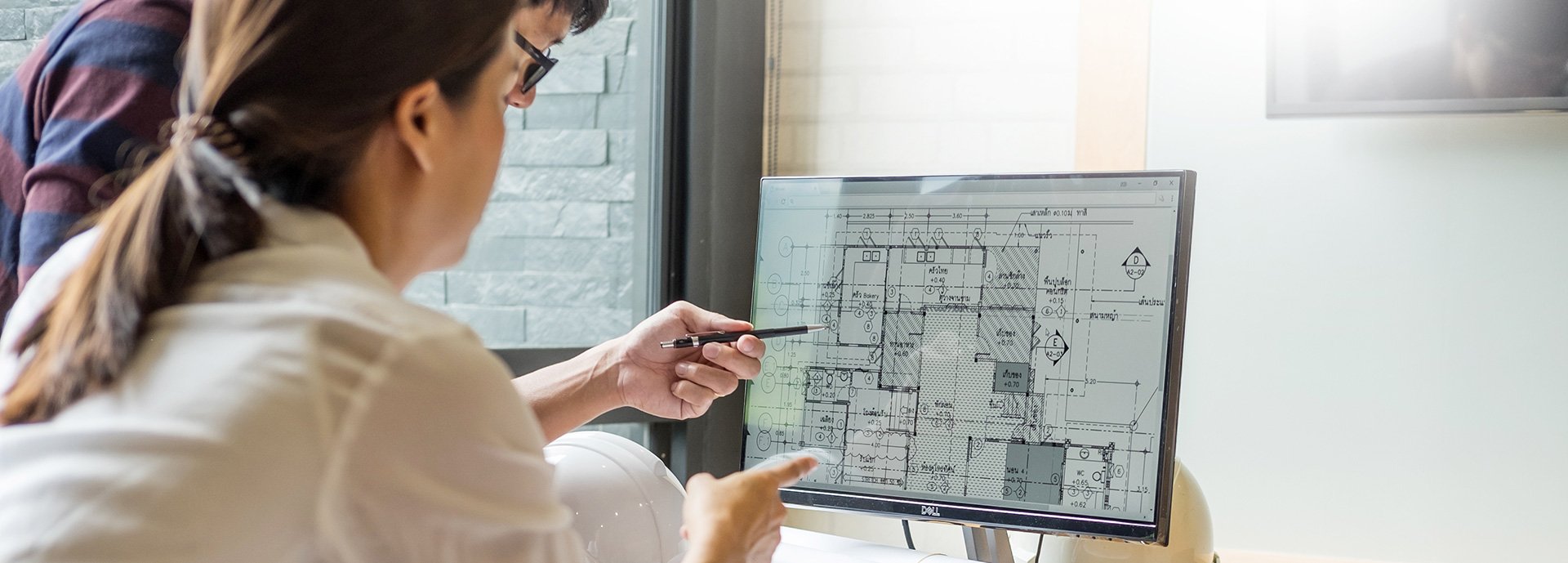
Everyone is talking about BIM, but what is being said? More efficiency, more quality, more...
BIM: 5 Questions for Andreas Ibel, President of...
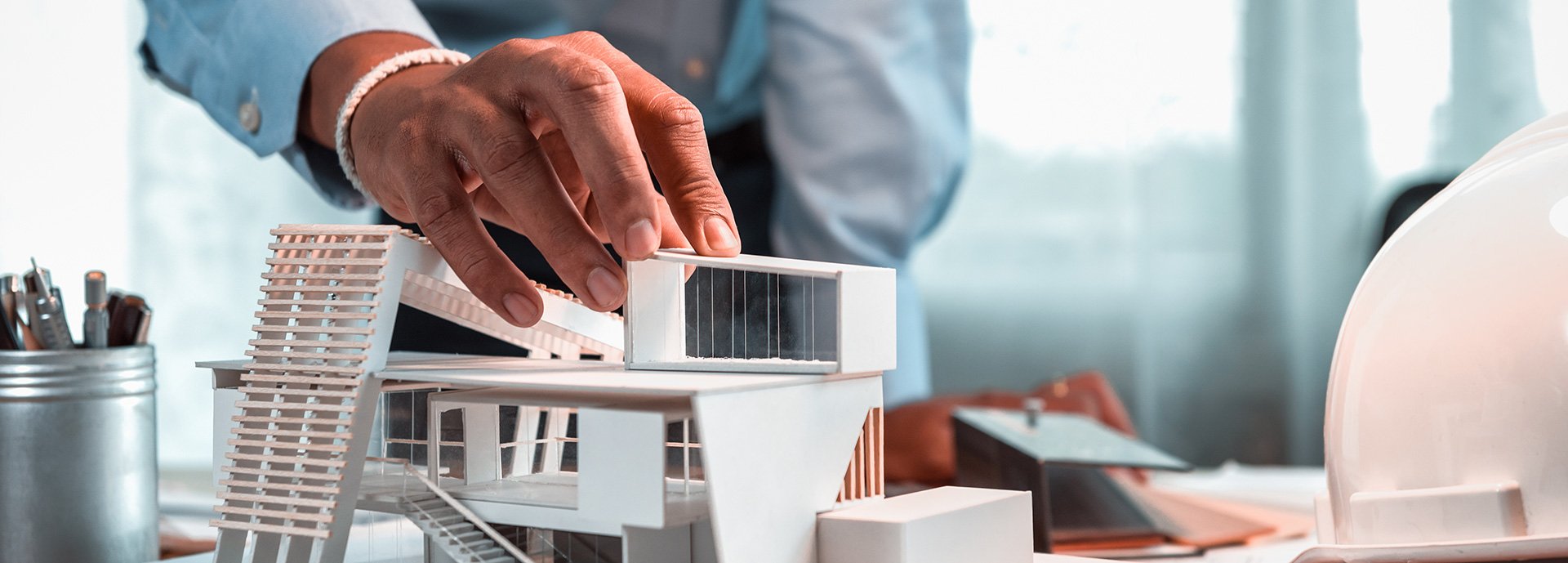
What makes a good BIM manager?
The BIM Cockpit: Interpreter between two worlds
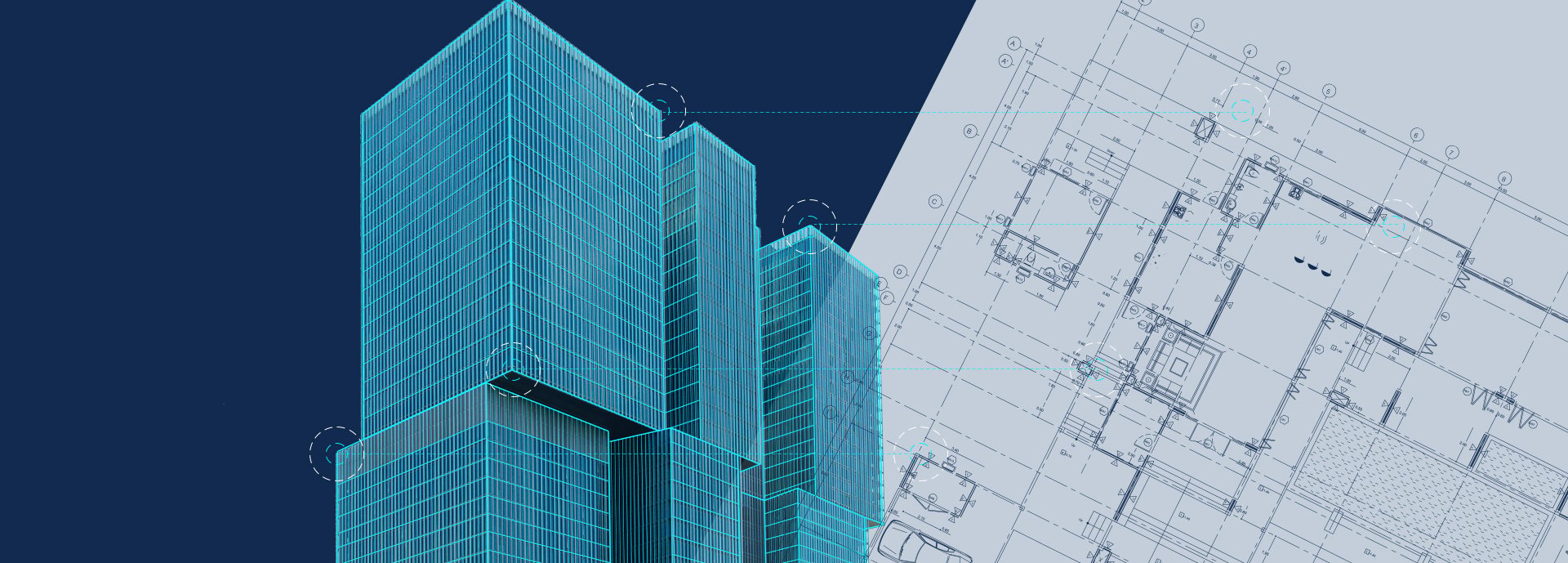
Why do you need a BIM Cockpit?
The Sound of BIMtelligence: What does the digital...

What do BIM and classical music have in common?
BIM & More Orchestra: The future is now with the...
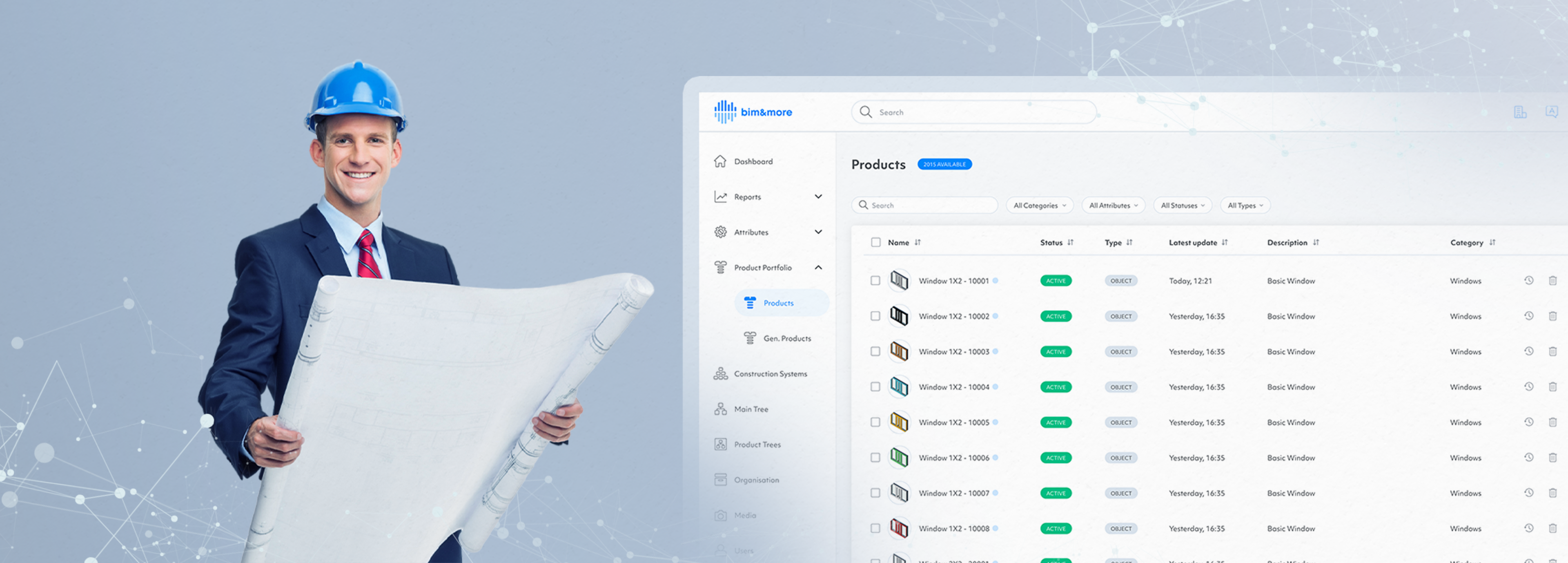
BIM & More Orchestra
Digital, collaborative, patient: why the BIM...

Together for the BIM revolution!
Five golden rules for building materials...

Megatrend Sustainability
A review of the PIM-BIM Day: A change of...
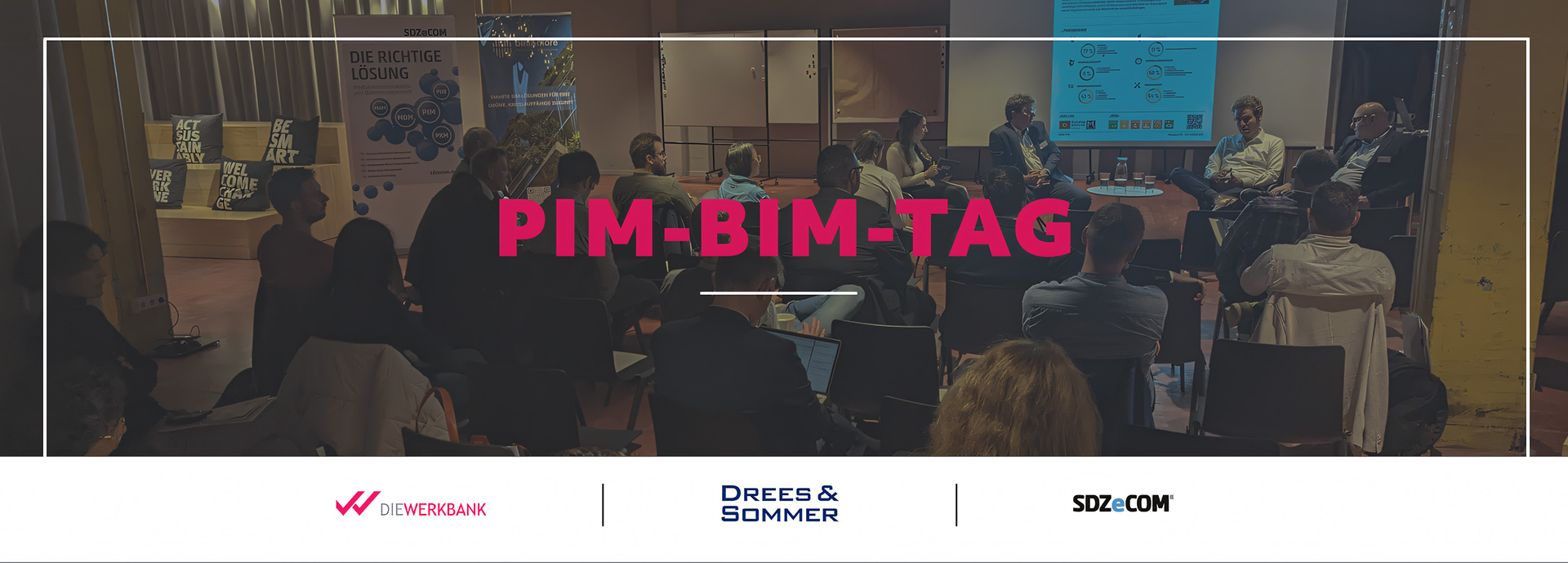
PIM-BIM Day in Stuttgart
#BIMforward2023 - A BIMtastic 2023 with BIM &...
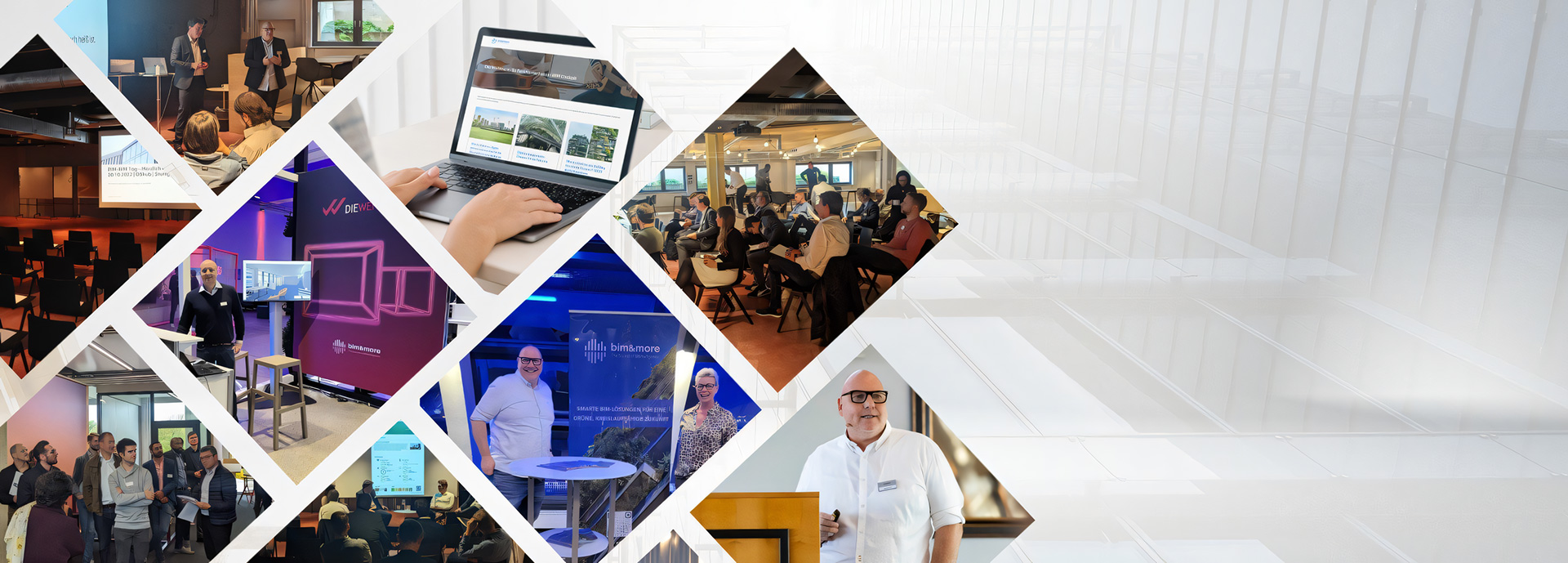
Our programme for 2023: #BIMforward2023
Ecological footprint at the touch of a button,...

The first BIM-based Building Circularity Passport®
.png?width=673&height=152&name=image(10).png)